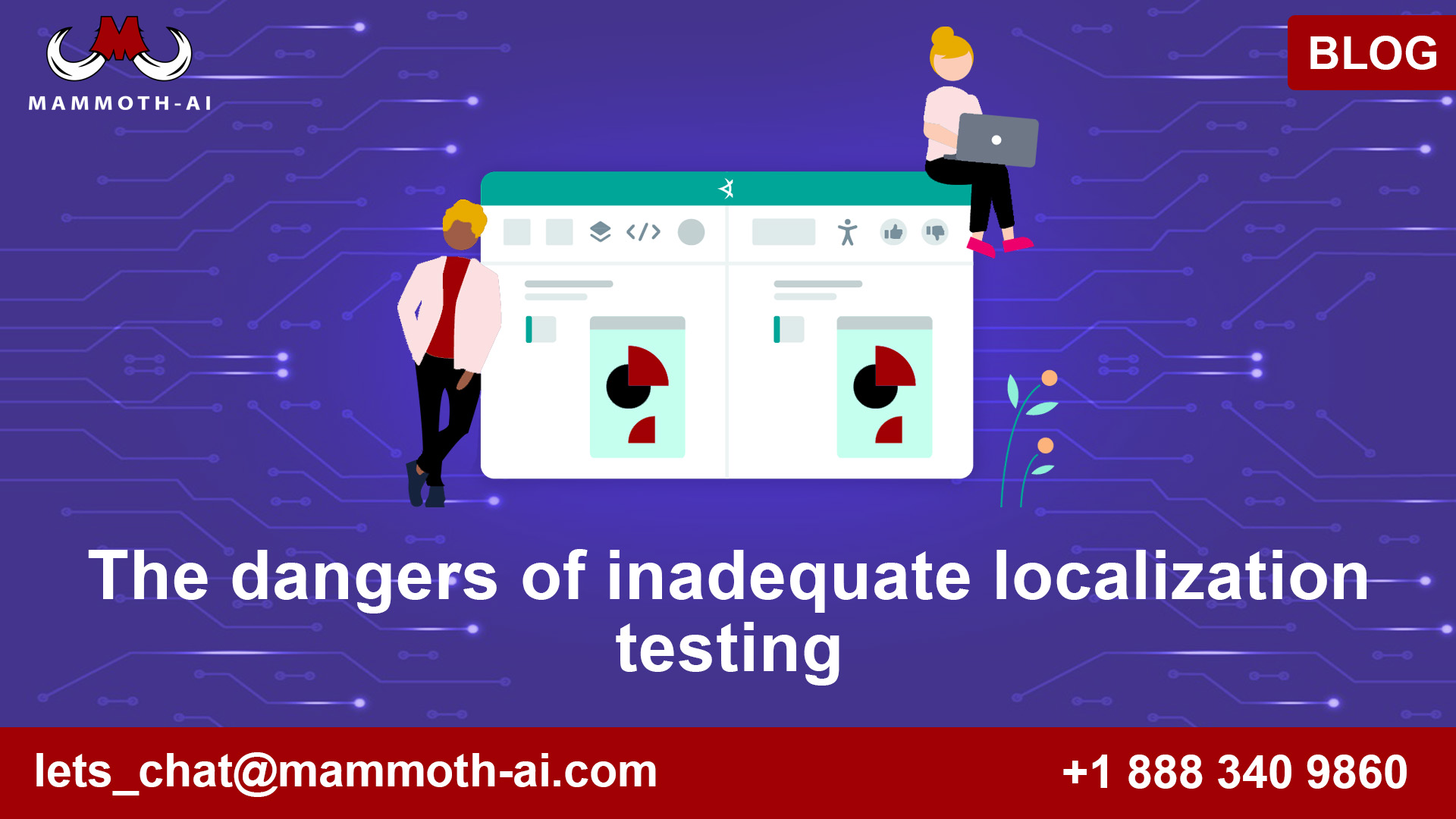Many businesses nowadays strive to be successful on a worldwide scale in order to gain more brand recognition, increased ROI, and exponential growth.
Online products, particularly applications and web pages, have a big potential to go global. Consider Zoom, which has enabled teams to collaborate remotely all around the world. This has resulted in phenomenal growth.
However, deploying software on a global scale is difficult. It necessitates a thorough grasp of new markets, as each one introduces new hardware, operating systems, and network issues. And that’s just the start.
After dealing with the technical aspects of globalization, you must also consider cultural nuances, linguistic difficulties, and everything else that comes with it. It is not an easy task.
This is where testing for localization comes in.
What is localization testing?
Localization testing is the process of putting your app or website through its paces in the country where it will be used. Software testers from that country look over your program to see if there are any flaws that could affect consumers in the future. They report the bugs to you, and you get the results.
The bugs are subsequently fixed by your technical staff, and ta-da! However, the significance of localization testing extends beyond that.
It’s important about ensuring that you create meaningful connections between the user and your product during localization testing. Your customer will have nothing to feel emotionally invested in if you don’t make that critical connection. If your product isn’t properly localized, the chances of establishing a meaningful connection are slim to none.
Localization testing ensures that a product appears, sounds, and feels correct to users who do not speak your native language. You can start making such relationships when it feels right.
Localization testing is sometimes overlooked or viewed as a minor component of the scaling process. Localization can be pushed until the end of the software development lifecycle, similar to how QA can be an afterthought. As your developers rush to release, all your team needs are a quick QA approval so they can meet their deadline.
However, ignoring localization might result in a slew of problems.
What happens when you ignore it?
Pepsi tried to compete with Coca-Cola in China by using its iconic 1960s marketing slogan, “Pepsi, Pepsi, Pepsi, Pepsi, Pepsi, Pepsi, Pepsi, Pepsi, Pepsi “Come to life! You were born during the Pepsi era.” In North America, it was a huge success. In China, however, this phrase meant “Pepsi brings your relatives back from the dead.”
A blunder like this isn’t going to instill confidence in your company. It’s clumsy, and it gives the impression that the product isn’t customized to new markets.
Because only 25% of Internet users speak English, non-English speakers are often confronted with insufficient localization.
“The risk of offending people is actually at the center of translation testing,” quality consultant Paul Carvalho once said.
You’re “sense-checking” your product via localization testing. Is it feasible in the target country, and if not, how can it be changed? Above all, you must ensure that your product does not upset local people.
If a translation or aesthetic error offends someone, it will have a significant negative impact on your business, and in this day and age of social media, you could face a backlash within hours of publication. This would have long-term consequences.
How to localize effectively
Localization is difficult, but that does not exclude it from being done well. You can ensure that your product is of good quality by developing a rigorous localization strategy and carefully considering a new market. The key to success is a high-quality product.
To effectively localize, you must take into account all of these factors with each new release:
- Language
- Cultural differences (verbal and non-verbal communication, customs, habits, etc.)
- Time zone
- Population
- Major cities; densely populated areas can impact load testing and the number of device combinations
- Ethnic groups
- Age distribution
- Gender distribution
- Income
- Smartphone usage
- OS distribution
- Popular devices
- Major telecom companies
- Payment methods available
- Public holidays and other occasions
- Migration history, to understand how many people may speak different languages and have different cultural norms than the country they’re living in
- Education levels
- Religion
- Hofstede Cultural Dimensions; this is a framework for cross-cultural communication and highlights cultural nuances that QA teams should consider and what cultures value in terms of communication
That’s a long list, but it’s a crucial one. When you think about each of these things, you can prevent the possibility of offending someone, which is why localization testing exists in the first place.
Of course, you’ll also need to hire testers in new nations. Partnering with a crowd testing service is one method to do this. A good localization strategy doesn’t have to be a significant drain on your time and money, and crowd testing can help you release faster.
Avoid the dangers of inadequate localization
The process of ensuring that your product is fit for new, global markets is known as localization testing. You may build meaningful ties with your new clients by ensuring that your product is tailored to the countries to which it is released. Brand loyalty and future ROI are dependent on meaningful relationships.
It’s all about preventing problems down the road with localization testing. After all, panicking bug fixes after a release because a feature doesn’t work in Spain will keep any developer awake at night.
When launching your product globally, consider the list of localization criteria. Recruit testers from all across the world and start testing.
For more info: https://www.qaaas.co.uk/testing-services/
Also Read: https://www.guru99.com/software-testing.html


